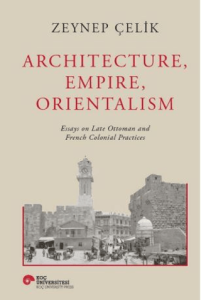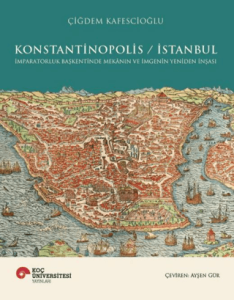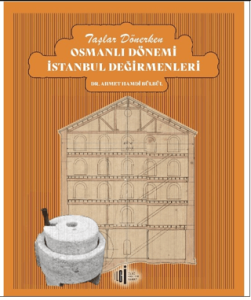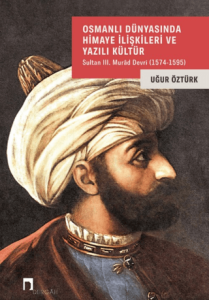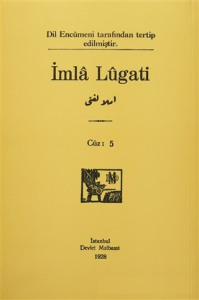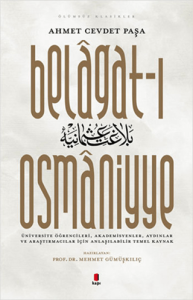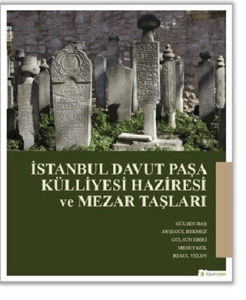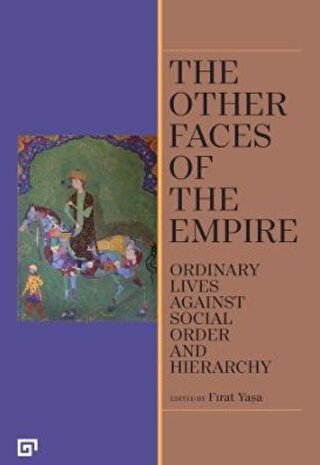
Essays illuminate the lives of ordinary people who lived in the Ottoman era.
Drawing from centuries-old court records, The Other Faces of Empire traces the lives of “outstage” people in vast empire lands. Each essay in the collection tells the story of an ordinary person navigating the Ottoman Empire. On this journey, we meet colorful and quite extraordinary figures: Deli Şaban, “naughty and haramzade” with his unsuccessful suicide attempts; Divane Hamza, who harassed the people in the village of Evciler in Bursa; Mâryem of Konya, who killed her husbands and buried them in the floor of a room of her house; Alaeddin from Skopje, who was captured by pirates; Nicolò Algarotti, a Venetian broker; and many others.
The volume’s micro-historical perspective strengthens its place in historiography, and moreover, it updates the historical record by sharing the overlooked stories of “ordinary” people and recording their names in the Ottoman historical literature one by one.
Essays illuminate the lives of ordinary people who lived in the Ottoman era.
Drawing from centuries-old court records, The Other Faces of Empire traces the lives of “outstage” people in vast empire lands. Each essay in the collection tells the story of an ordinary person navigating the Ottoman Empire. On this journey, we meet colorful and quite extraordinary figures: Deli Şaban, “naughty and haramzade” with his unsuccessful suicide attempts; Divane Hamza, who harassed the people in the village of Evciler in Bursa; Mâryem of Konya, who killed her husbands and buried them in the floor of a room of her house; Alaeddin from Skopje, who was captured by pirates; Nicolò Algarotti, a Venetian broker; and many others.
The volume’s micro-historical perspective strengthens its place in historiography, and moreover, it updates the historical record by sharing the overlooked stories of “ordinary” people and recording their names in the Ottoman historical literature one by one.



